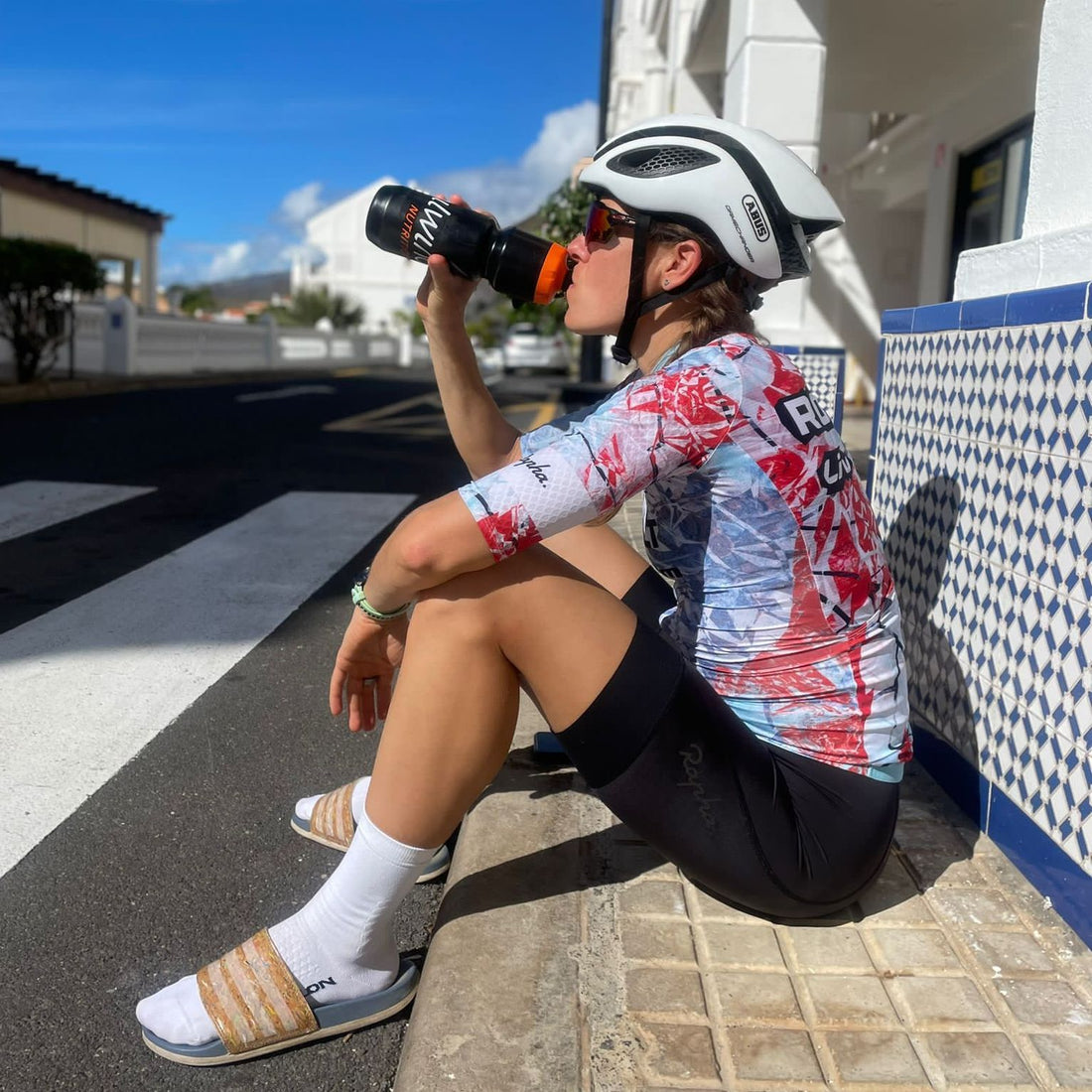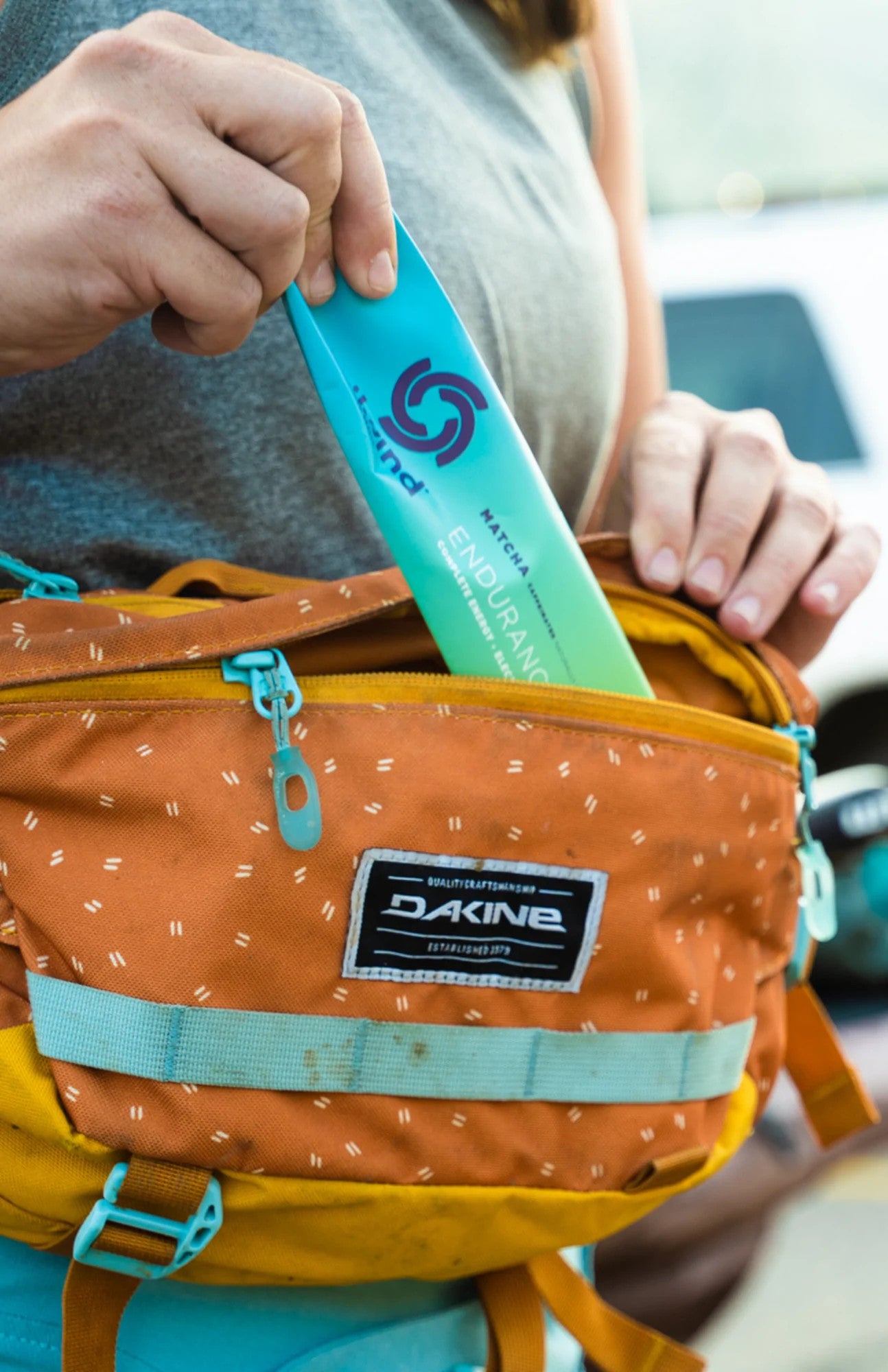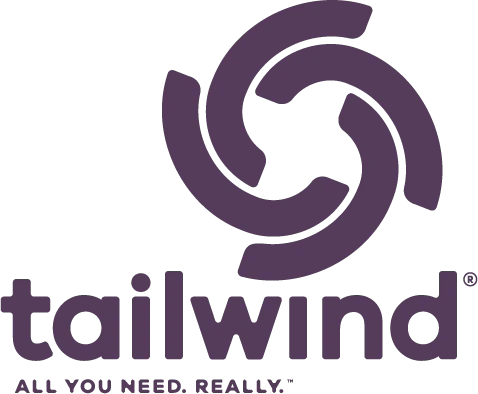FUELLING FOR A TRIATHLON
0 Comments
By Jordan Matthews
Nutrition is the 4th discipline of triathlon. It is so important to fuel yourself correctly in order to train, recover and race to your full potential. To keep it simple - let's break it down into training, fuelling and racing.
Fuelling for training
There are several purposes as to why you need to fuel when you train. Firstly, if you want to your body to perform to it's best ability, it needs to have enough availability of glycogen stores. You should consider fuelling during your sessions for any sessions lasting over 45/60 minutes. Secondly, by fuelling well, you are ensuring your body isn’t in a deficit, which helps aid your recovery faster. Making you more consistent when trying to train for three disciplines. Lastly, fuelling in training sessions is like a dress run for race day. NEVER leave anything to luck. You wouldn’t run a marathon without your long runs so why wouldn’t you practice your fuelling strategy. Your gut is a muscle and needs time to adapt and learn to absorb the glycogen stores needed. This becomes even more prevalent in multi-sport, when you are constantly fuelling for your next discipline.
Fuelling for recovery
Ok – so you have just finished a hard bike session. IF you have fuelled well… you shouldn’t actually be feeling hungry as soon as you finish. But it is in this time where it is important to replenish those glycogen stores and take on enough protein to help repair your muscles. Sometimes you may have several sessions in the same day - by fuelling properly you are only going to help yourself for that next session and the next day.
Training day fuelling example:
AM
SWIM: Threshold swim session
Pre-swim – Coffee, toast and peanut butter
During – 25g scoop of Tailwind in 500ml bottle (If over 45 mins)
Post – Banana and protein shake or protein pancakes with Tailwind Rebuild
PM -
BIKE: 2 hr hard bike set
Pre-bike – carb-based lunch
During – 2 x 75g (3 scoops) of Tailwind in 500ml bottle
Into 15 minute run off the bike (Fuelled from the bike)
Post – Dinner within 30-45 minutes
Fuelling for racing
Everyone’s fuelling strategies will look different. It will depend on gender, weight and which distance you are executing. It is important that you find what works best for you - I specialise in the 70.3 distance so what I take on will be very different to somebody who does sprint triathlon. But it is important to note that the longer the distance the more important fuelling becomes. I aim for approximately 75g/ per hour.
But how do you consume that much? This is where it is important to practice. Logistically, triathlon can be harder to fuel because you need to be self-sufficient, and you only have a certain amount of weight/compartments to place drinks and food. Full Ironman races do have the option of special aids bags, where you can place extra nutrition in a bag where you can stop and re stock halfway through.
My 70.3 race nutrition plan:
Pre-race I am focusing on getting a high carbohydrate and low fibre diet - 2/3 days before a big race. My breakfast consists of a large bowl of oats with lactose free milk, a banana topped with maple syrup. Throughout the morning as I get myself ready I sip on a weak bottle of Tailwind to keep my stores topped up before it is GO TIME.
On the bike, I personally go for one highly concentrated Tailwind 500ml bottle. This approximately gives me 150 g carbohydrates, along with 750ml of water. I find that when I come out of a sea swim I really need plain water to rinse the salt from my mouth. I also enjoy some solid/chews to have alongside my Tailwind – which normally contains another 50-75g carbohydrates. Then, when I have finished my water bottle, I chuck it and grab another bottle from the aid stations.
On the run, I create my own gel by using a highly concentrated drink of Tailwind in a soft flask, the consistency looks and tastes like a gel but with far less faff! I take small sips from this throughout the half marathon along with sips of water from the aid stations. Its small enough to carry in my hand or stick in my back pocket but doesn’t affect my performance.
As soon as possible (even though it isn’t always what you want to do) I try and eat a large meal. If I am struggling with eating, then I try to consume a protein shake for the short term until I can eat something more substantial. Doing this really helps your recovery for the days after a big race!
It goes without saying, your strategy is unique to you – and you need to find out what that is through trial and error. I am still learning and working out how and where I can improve. Thanks to Tailwind, I am confident in knowing that I am being fuelled with the right ingredients to keep me training, racing and recovery well!
Keep up to date with Jordan's training and events on Instagram @jordanematthews

